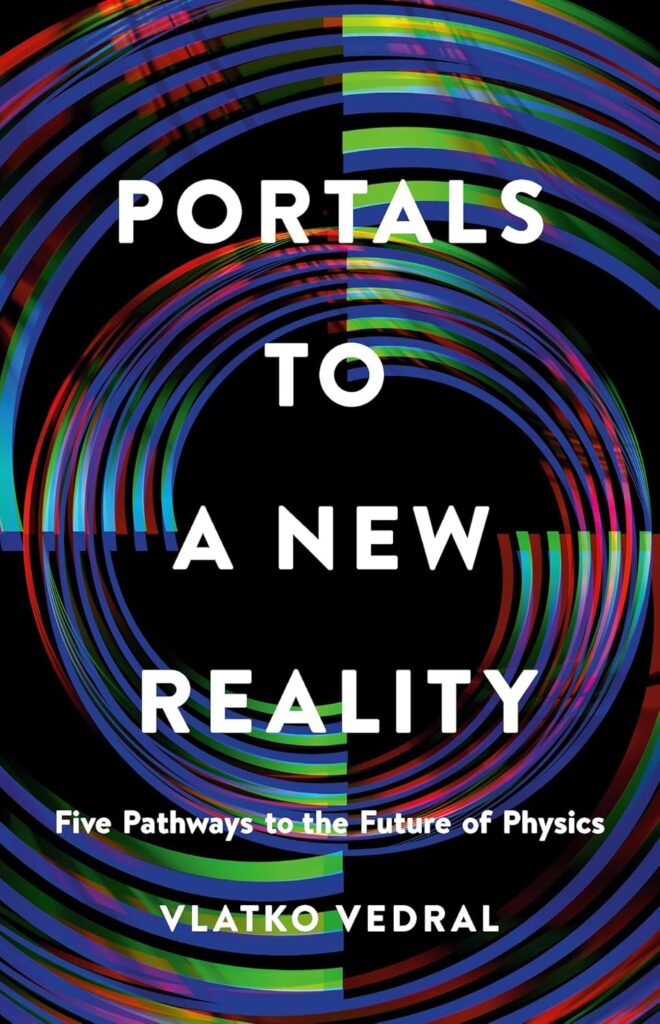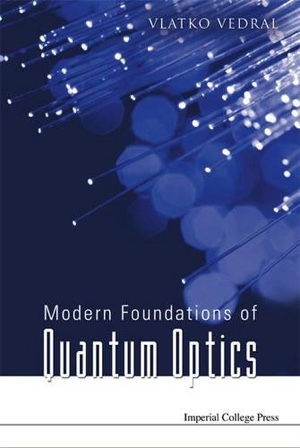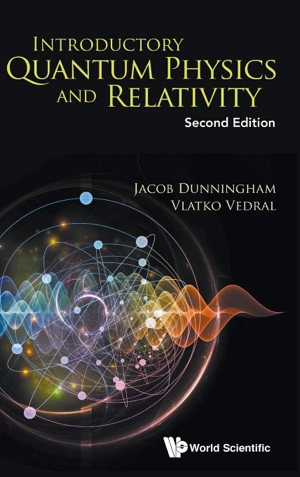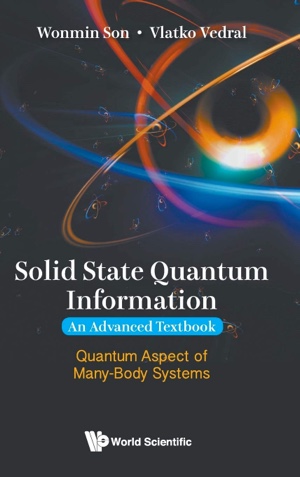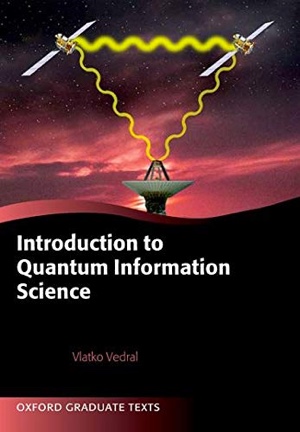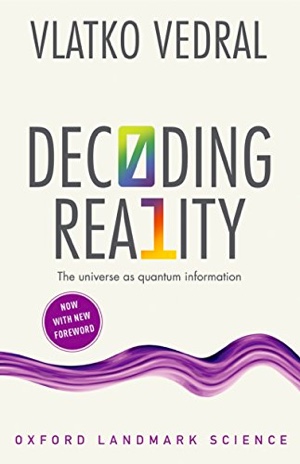Protocol could make it easier to test the quantum nature of large objects
A protocol for testing the quantum nature of large objects – that, in principle, could work for objects of any mass – has been proposed by researchers in the UK and India. A key feature of the protocol is that circumvents the need to create a macroscopic quantum state to test whether or not quantum mechanics is valid at large scales. Some physicists, however, are not convinced that the research constitutes a significant advance.
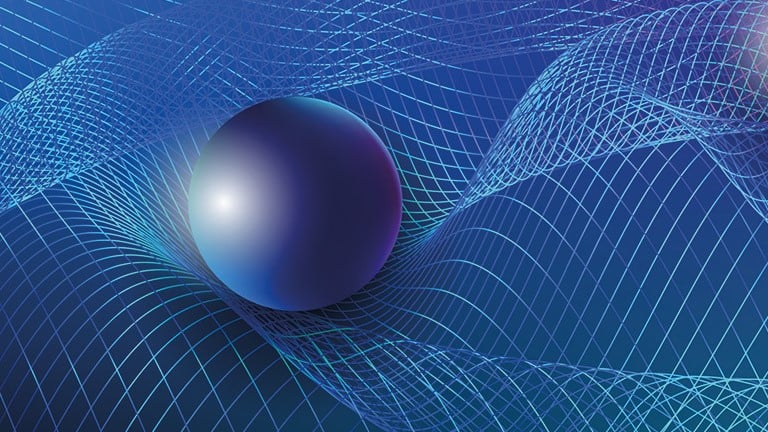
Oscillating object: the new protocol evaluates the Leggett–Garg inequality without the need for creating a macroscopic quantum state. (Courtesy: Shutterstock/Evgenia-Fux)
Quantum mechanics does a fantastic job of describing atoms, molecules and subatomic particles like electrons. However, larger objects usually do not display quantum behaviour such as entanglement and superposition. This can be explained in terms of quantum decoherence, which occurs when delicate quantum states interact with noisy environments. This causes macroscopic systems to behave according to classical physics.
How quantum mechanics breaks down at macroscopic scales is not only theoretically fascinating but also crucial to attempts to developing a theory that reconciles quantum mechanics with Albert Einstein’s general theory of relativity. Physicists are therefore keen on observing quantum behaviour in ever-larger objects.
Formidable challenge
Creating macroscopic quantum states and preserving them long enough to observe their quantum behaviour is a formidable challenge when dealing with objects much larger than atoms or molecules held in a trap. Indeed, the quantum entanglement of vibrating macroscopic drumheads (each 10 micron in size) by two independent groups – one in the US and one in Finland – was chosen as Physics World’s breakthrough of the year 2021 for the teams’ experimental prowess.
The new protocol is inspired by the Leggett-Garg inequality. This is a modification of Bell’s inequality, which assesses whether two objects are quantum-mechanically entangled from the correlation between measurements of their states. If Bell’s inequality is violated, the measurements are correlated so well that, if their states were independent, information would have had to travel faster than light between the objects. Because superluminal communication is thought to be impossible, a violation is interpreted as evidence of quantum entanglement.
The Leggett-Garg inequality applies the same principle to sequential measurements of the same object. A property of the object is first measured in a way that – if it is a classical (non-quantum) object – is non-invasive. Later, another measurement is made. If the object is a classical entity, then the first measurement does not alter the outcome of the second measurement. However, if the is object defined by a quantum wavefunction, the very act of measurement will disturb it. As a result, correlations between successive measurements can reveal whether the object obeys classical or quantum mechanics.
Oscillating nanocrystal
In 2018, the theoretical physicist Sougato Bose at University College London and colleagues proposed doing such a test on a cooled nanocrystal that oscillates back and forth in an optical harmonic trap. The position of the nanocrystal would be determined by focusing a beam of light on one side of a trap. If the light passes through without scattering, the object is in the other side of the trap. By observing the same side of the trap later on, one can calculate whether or not the Leggett-Garg inequality is violated. If it is, an initial non-detection of the object would have disturbed its quantum state, and therefore the nanocrystal would display quantum behaviour.
The problem, says Bose, is that the mass must be measured in the same side of the trap twice. This is viable only for masses with short periods of oscillation because the quantum state must remain coherent throughout the measurement. However, large masses of interest will have periods that are too long for this to work. Now, Bose and colleagues propose that the second measurement be made at a location that, if the object obeys classical mechanics, it is expected to have reached.
“It is much better to go to the place where it would go due to its normal oscillation and find out how much it differs about that place,” says Bose.
The benefit of this scheme is that, as long as the object remains in a coherent state, it should be possible to do the experiment for objects of any mass as it is always possible to calculate the expected position of a classical harmonic oscillator. It does become more difficult to isolate larger object, but Bose believes these apparently classical states would be more robust to noise than exotic macroscopic quantum states such as superpositions.
Tracking system evolution
Quantum physicist Vlatko Vedral of the University of Oxford agrees that the researchers’ approach could offer benefits over experiments attempting to use spatially separated macroscopic quantum states. However, he says that “what becomes important in these measurements is not so much the initial state but the sequence of measurements that you make,” and that tracking the evolution of the system after the first measurement so that the correlations are revealed “is not a trivial problem at all”.
He is also sceptical about the claim of mass-independence. “I don’t know in practice how easy this is to achieve,” he says, “but it’s simply correlated to the size, because the more sub-systems you have the more leakage you will have to the environment.”
Tony Leggett (who co-developed the inequality in the 1980s with Anupam Garg) is an expert in the foundations of quantum mechanics who shared the 2003 Nobel Prize for his work on superconductivity and superfluids. Now an emeritus professor at University of Illinois, he sees another issue with the work of Bose and colleagues. “It’s very clear that these researchers are convinced that quantum mechanics is going to continue working – I’m not so confident,” he says.
Leggett notes, however, that evidence for the breakdown of quantum mechanics would be interpreted by most in physics community as the result of decoherence – which could be caused by an invasive measurement. Unlike with experiments on known states – of which he has been part – he says that Bose and colleagues do not present a means to test how invasive their measurement is by, for example, using the same measurement protocol on a different set of states.
The research is described in a paper that has been accepted for publication in Physical Review Letters. A preprint is available on arXiv.
Reproduced from Physics World.
Sign up to my substack
BOOKS
ASK ME ANYTHING!
If you'd like to ask me a question or discuss my research then please get in touch.
